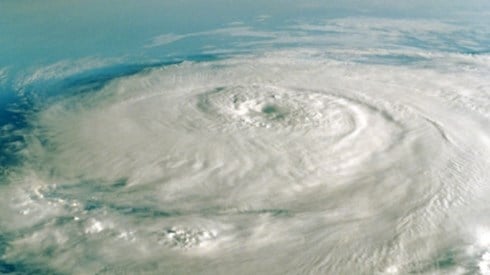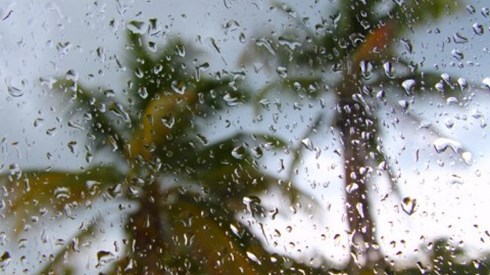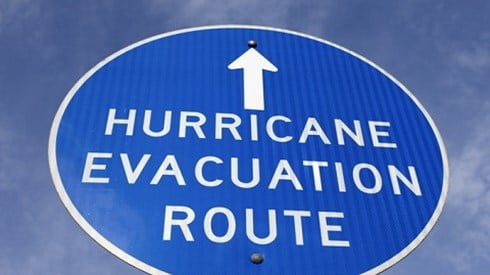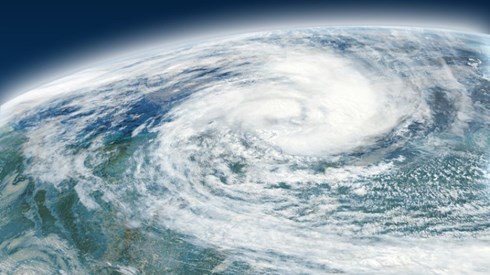Colorado State Researchers Update 2020 Atlantic Hurricane Forecast

July 10, 2020

Researchers at Colorado State University have updated their 2020 Atlantic hurricane season forecast, increasing their projection for named storms this season by 1 to a total of 20.
The Colorado State team forecast continues to project 9 hurricanes this season, including 4 major hurricanes of Category 3 or greater. The projected 20 named storms include Tropical Storms Arthur, Bertha, Cristobal, Dolly, and Edouard, which had formed in the Atlantic as of July 6, 2020.
The updated forecast from the team in the Department of Atmospheric Science at Colorado State continues to call for an above-average Atlantic hurricane season this year.
"We anticipate an above-normal probability for major hurricanes making landfall along the continental United States coastline and in the Caribbean," the researchers' latest report said. "As is the case with all hurricane seasons, coastal residents are reminded that it only takes one hurricane making landfall to make it an active season for them."
Based on data from 1981 to 2010, an average Atlantic hurricane season would produce 12.1 named storms, including 6.4 hurricanes and 2.7 major hurricanes.
The forecast sets the probability of at least 1 Category 3 or greater hurricane making landfall on the entire US coastline at 69 percent versus an average over the last century of 52 percent. The probability of a major hurricane making landfall on the US East Coast, including the Florida peninsula, was set at 45 percent versus a 31 percent average, while the probability of landfall on the Gulf Coast from the Florida Panhandle to Brownsville, Texas, was projected at 44 percent versus a 30 percent average.
The probability of at least 1 major hurricane tracking into the Caribbean was set at 58 percent versus an average of 42 percent.
July 10, 2020


